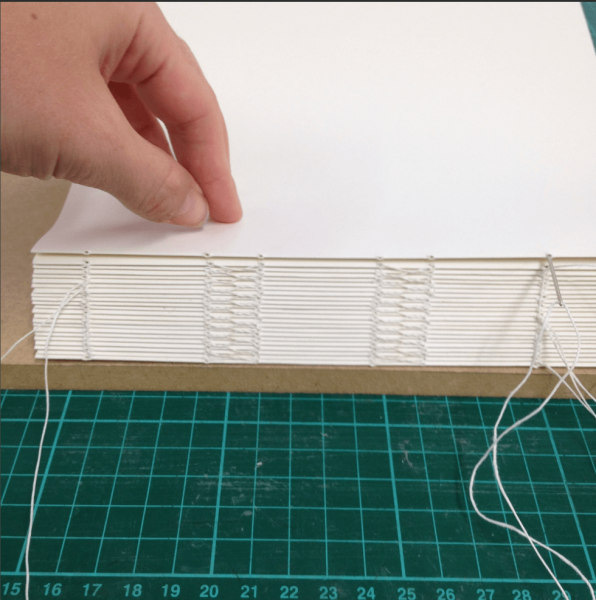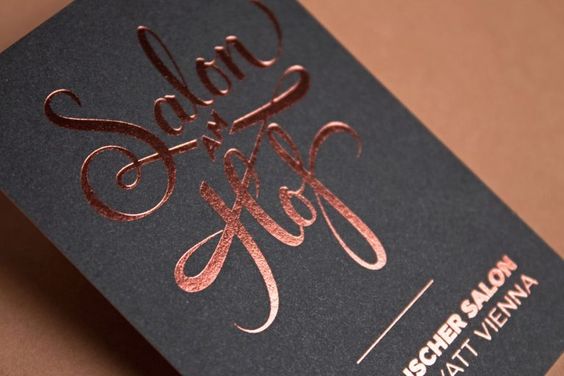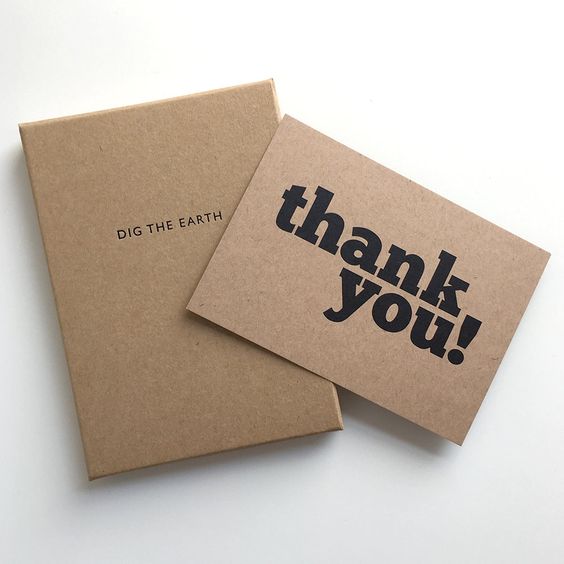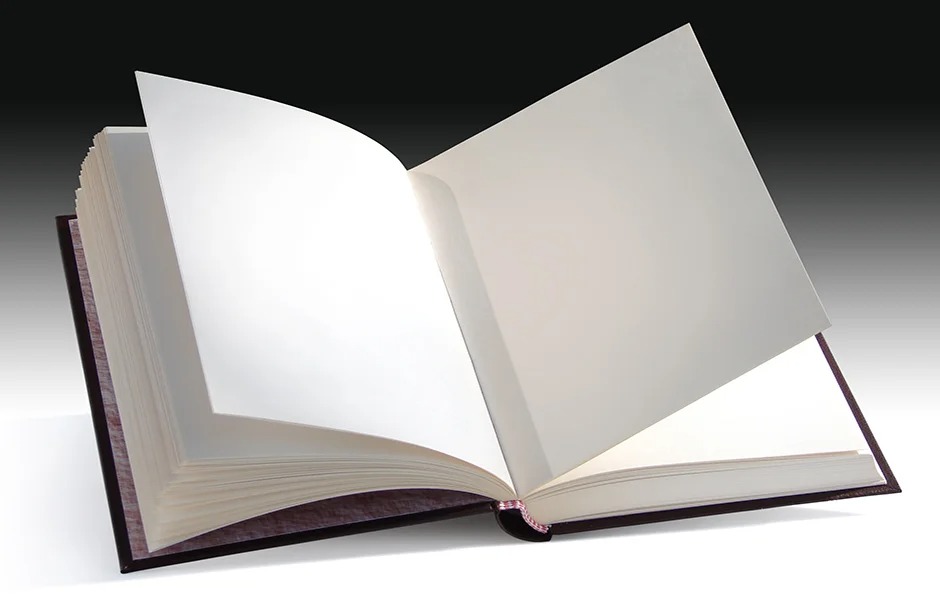Introduction
8个小图更换-1-Round-Spine.webp)
Sewn binding is a technique that has been utilized in bookbinding for centuries. It involves sewing together folded pages, commonly known as signatures, to create a sturdy and durable book structure. The purpose of this article is to provide a comprehensive guide to the understanding of the art of sewn binding, including its definition, historical context, development and significance in the world of bookbinding.
Definition of Sewn Binding
Sewnbinding, or thread sewing or book sewing, is a traditional method of bookbinding that involves stitching folded pages together to create a book structure. This technique ensures durability and longevity while allowing the book to lay flat when opened, enhancing its usability and reader experience.

Historical Context and Evolution
Sewn binding has a rich history dating back to ancient civilizations. As early as the 2nd century, sewing parchment or papyrus techniques were employed to create bound manuscripts. Over time, the art of sewn binding evolved parallel with advancements in printing technology and the demand for books.
Significance in Bookbinding
Sewn binding holds a special place in bookbinding due to its numerous advantages. It offers superior customization capabilities, durability, enhanced usability, and cost-efficiency. Moreover, it provides a range of sewing techniques that can be tailored to fit specific project requirements.
Advantages of Sewn Binding
The advantages of sewn binding make it a preferred choice for many bookbinding projects. Its traditional craftsmanship and modern customization options have cemented its significance in the industry.
Customization Capabilities
1.Personalized Covers and Paper Choices
2.Sewn binding allows for a wide range of options for cover materials. The choice from traditional leather to contemporary fabric or sustainable alternatives like recycled paper is yours. Additionally, you can select the perfect piece that complements your content, whether smooth, textured, or colored.
3.Tailored Sizes and Shapes
4.Unlike other binding methods that offer limited options, sewn binding enables flexibility in size and shape. The possibilities are endless, whether you desire a compact, pocket-sized book or a unique die-cut shape. Sewn binding ensures that your book is as individual as its content.
Durability and Longevity
1.Resistance to Wear and Tear
2.One of the standout features of sewn binding is its exceptional durability. The stitched structure distributes stress evenly throughout the book, making it more resistant to wear and tear. This makes it perfect for books that will be frequently handled or require long-term use.
3.Ideal for Archival Quality
4.For projects that require long-lasting preservation, sewn binding remains unparalleled. Its robust construction ensures the pages remain intact and do not easily loosen or fall out. This makes it an excellent choice for archival-quality books, such as historical documents or special editions that must withstand time.
Enhanced Usability
1.Flat Opening Capability
2.The sewn binding allows books to lay flat, providing readers with a seamless reading experience. This is particularly useful for cookbooks, textbooks, or any publication requiring easy content access. The pages stay firmly in place, ensuring that the reader can focus on the material without the frustration of a closing book.
3.Suitable for Thick and Heavy Pages
4.Sewn binding can easily accommodate thick and heavy pages, making it ideal for various publications. Whether an art book with thick, glossy pages or a technical manual with dense content, sewn binding ensures the book remains intact and secure.
Cost-Efficiency
1.Competitive Pricing in Bulk Orders
2.Sewn binding is economical, especially when ordering books in bulk quantities. With efficient production techniques and specialized equipment, bookbinders can offer competitive pricing without compromising quality. This makes sewn binding an attractive option for publishers, authors, and businesses.
3.Economical for Mid to Long-Run Printing
4.Sewn binding is an excellent solution if you require a more extensive print run but want to maintain quality and durability. Its ability to handle high page counts makes it suitable for mid to long-run printing projects, surpassing the limitations of other binding methods that may not hold up.
Limitations of Sewn Binding
While sewn binding boasts numerous advantages, it’s important to highlight some of its limitations to ensure it is the right choice for your project.
Even-Page Requirement
1.The Need for Page Pairs
2.Sewn binding traditionally requires an even number of pages, as each pair is stitched together. When planning your content, you must consider the page count and ensure it is divisible by two.
3.Solutions for Handling Odd-Page Content
4.However, there are solutions available for projects with odd-page content. By incorporating blank pages, endpapers, or carefully designed inserts, it is possible to work around this limitation and achieve a well-balanced, sewn-bound book.
Complexity in Setup
1.Skill and Expertise Needed
2.To ensure a professional and structurally sound end product, the precise nature of sewn binding requires a certain level of skill and expertise. While beginners can undoubtedly learn the technique, mastering the art of sewn binding may take time and practice.
3.Longer Production Time Compared to Some Methods
4.Sewn binding typically requires additional steps and meticulous attention to detail during production. This may result in longer production times compared to other binding methods. However, the quality and durability achieved are well worth the extra effort.
Not Suitable for All Projects
1.Limited for Short-Run or Single-Copy Needs
2.If your project only requires a small number of copies or necessitates quick turnaround times, there may be more efficient options than sewn binding. While it offers long-term durability, the process may be better suited for mid to long-run printing projects.
3.Considerations for Specialized Bindings
4.Alternative binding methods might be more suitable for projects with specific requirements, such as lay-flat bindings or books with three-dimensional elements. It’s essential to consider the desired outcome and consult with a professional bookbinder to determine the best approach.
Step-by-Step Guide to Sewn Binding
To embark on your journey of creating sewn-bound books, follow this step-by-step guide that covers the essential aspects of the binding process.
Gathering Materials and Tools
1.Necessary Equipment and Supplies
2.Before starting, you will need several tools, such as a bone folder, bookbinding needles, linen thread, and a sewing frame. Additionally, gather materials like paper for the signatures, cover material, endpapers, and headbands.
3.Selection of Paper and Cover Materials
4.Consider the purpose and aesthetics of your book, and select the appropriate paper and cover materials. Consider factors such as paper weight, texture, grain direction, and durability.
Preparing the Signatures
1.Determining Signature Size
2.Decide on the size of your signatures based on the desired page count and thickness of the paper. This will help you choose the number of folded sheets needed for each signature.
3.Folding and Arranging Pages
4.Fold each sheet in half, paying attention to proper alignment and creasing. Arrange the folded sheets in the desired page order, placing them within one another to form the signatures.
Creating Sewing Stations
1.Marking and Positioning
2.Mark the sewing stations on the spine of the signatures, evenly spacing them to distribute the stress and uphold the integrity of the binding. This will help guide the sewing process.
3.Setting Up Sewing Stations
4.Using a sewing frame or other suitable methods, position the signatures in the correct order and attach them securely. This step ensures that the pages will align accurately when sewn together.
Sewing Techniques
1.Various Stitching Patterns
2.Choose the appropriate stitching pattern based on the desired aesthetics and functionality of the final product. Common stitches include the kettle stitch, long stitch, and Coptic stitch. Each offers its own unique visual appeal and level of strength.
3.Ensuring Proper Tension
4.Maintaining consistent tension on the thread throughout the sewing process is crucial. This ensures the stitches are secure and the pages tightly bound together. Careful attention must be paid to achieve uniform tension.
Attaching the Signatures
1.Collating and Stacking
2.Once all the signatures are sewn, collate them in the correct order, ensuring that the pages are aligned, and any possible errors are caught early in the process. This step helps prepare the book for the final binding phase.
3.Sewing Signatures Together
4.With the signatures properly aligned, sew them together along the spine to create a solid and unified book structure. The thread is meticulously passed through each sewing station, ensuring the pages are tightly bound.
Reinforcing the Binding
1.Adding Endpapers and Headbands
2.To strengthen and enhance the overall aesthetic of the sewn-bound book, attach decorative endpapers to the inside covers. Headbands can also be added to reinforce the binding, providing additional support and visual appeal.
3.Trimming and Final Touches
4.After the main structure is complete, trim the book’s edges to achieve clean and even page edges. This final touch gives the reader a polished and professional appearance.
Quality Control and Inspection
1.Checking for Flaws and Errors
2.Take the time to inspect the sewn-bound book for any flaws or errors, such as loose stitches or misaligned pages. These issues can be corrected before moving on to the following steps, ensuring a high-quality finished product.
3.Ensuring a Professional Finish
4.The sewn-bound book can achieve a professional finish by paying attention to details and utilizing proper bookbinding techniques. Take pride in the craftsmanship and craftsmanship involved in creating a durable and visually appealing book.
Conclusion
Sewn binding offers numerous advantages, including customization capabilities, durability, enhanced usability, and cost-efficiency. While it may have some limitations, an understanding of its strengths and weaknesses will allow you to make an informed decision when you are considering sewn binding for your projects. The step-by-step guide in this comprehensive article serves as a roadmap for those venturing into the art of sewn binding, with an invitation to explore further learning and mastery. Acknowledge the craftsmanship involved and embrace the boundless possibilities that sewn binding presents in bookbinding.




